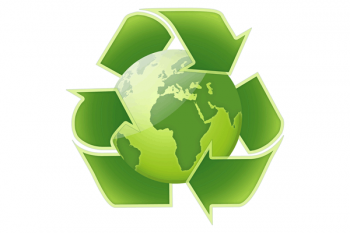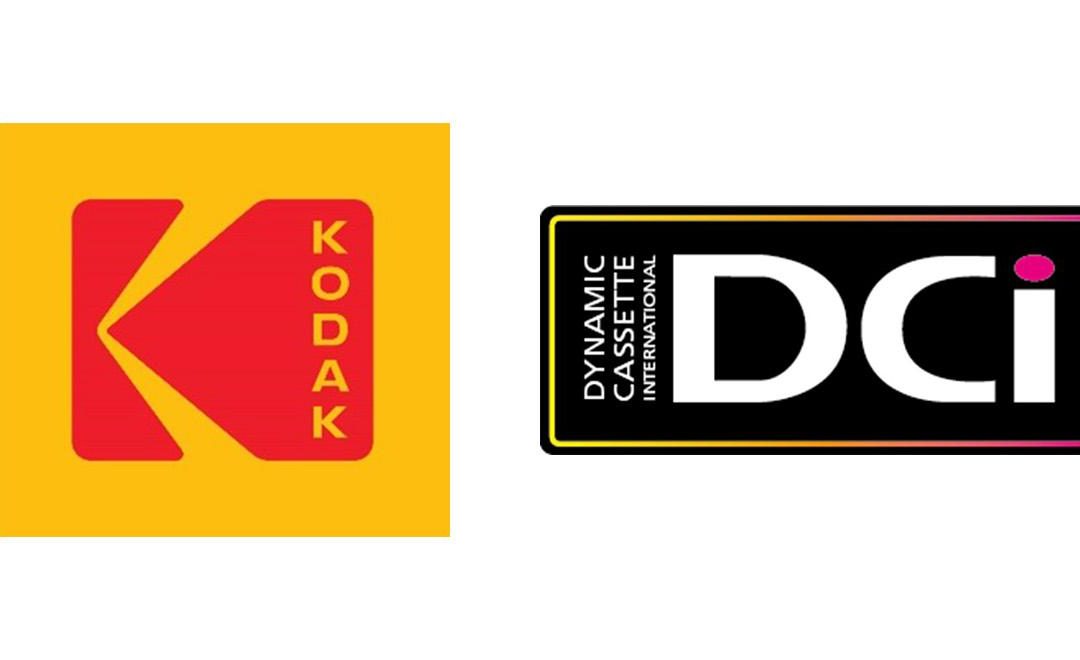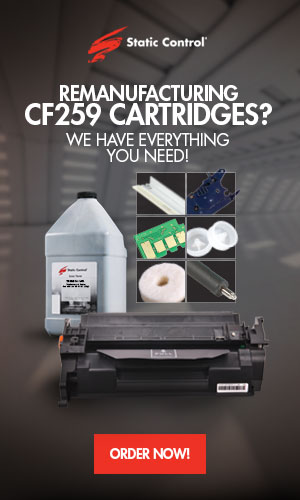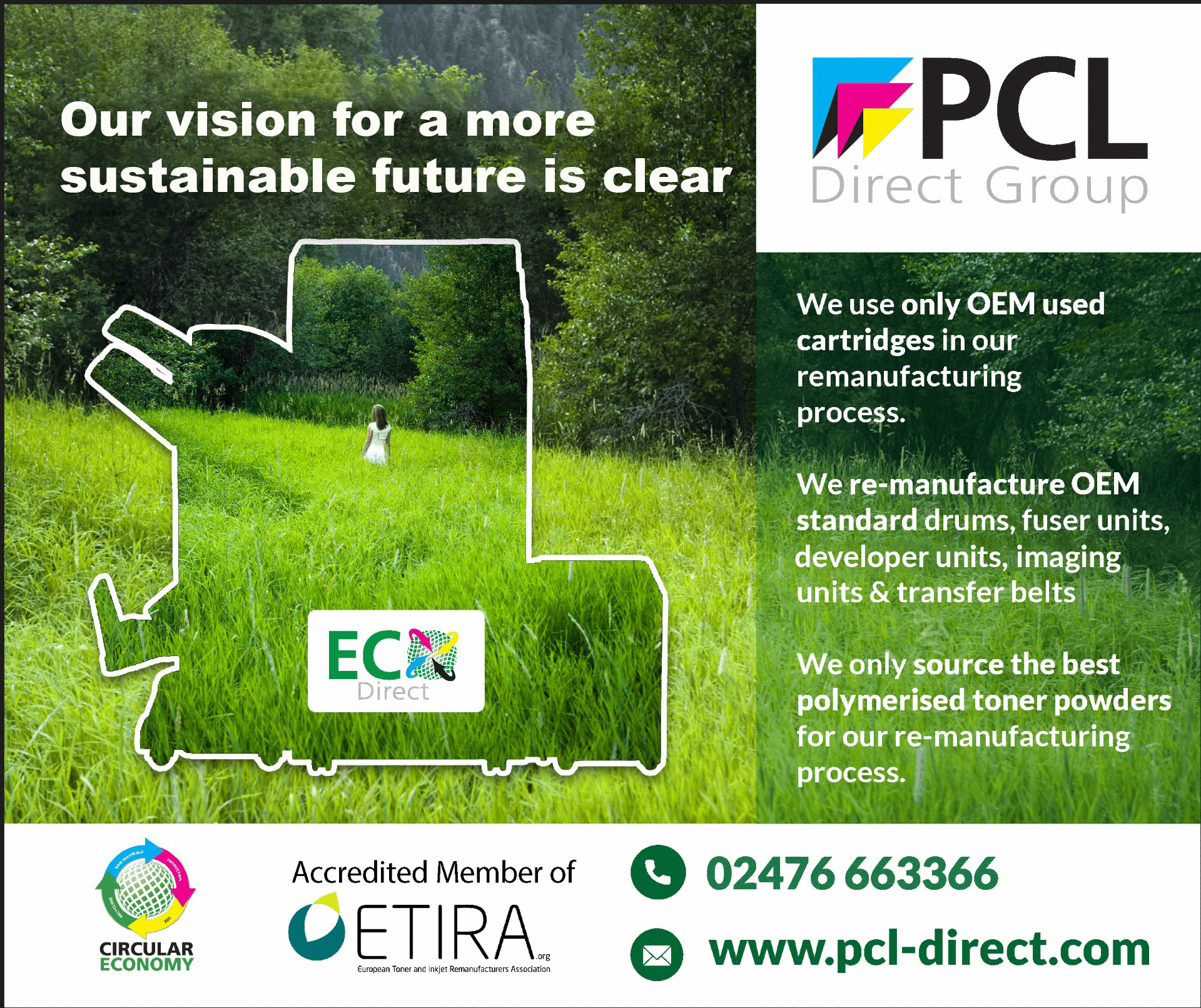
The recent release of the ISO’s Sustainable Procurement Standard represents a move toward promoting a circular economy.
As Coro Strandberg explains in a new article for GreenBiz, since it was founded in 1947, ISO “has been designing standards for the industrial economy” which have reflected the “take-make-waste economic model” that has been the foundation of our “disposable culture.”
However, the publishing of its Sustainable Procurement Standard indicates that standards are now shifting toward enabling “a more circular economy”. The new guide offers “a roadmap for buying goods and services with sustainability in mind” in addition to advising consumers on “procurement strategies that advance circular supplies.”
While Strandberg describes it as “a good start”, because there are over 22,000 ISO standards in existence, her company feels that to make a transition to a circular economy they will each require individual revision “with an eye to the opportunities for incorporating circularity principles.”
As an example, she cites Strandberg Consulting’s recent review of ISO’s 2012 Product Use Instructions Guide, which is currently under review by ISO’s own Committee on Consumer Policy.
In the guide, “destruction and disposal of unwanted products” was recommended, while the “important circular concepts” of repair and reuse were neglected. This meant that the guide reinforced the “linear economic paradigm” by offering only a single life cycle for products, an ethos that results in “the need to consume virgin resources”, thereby “increasing the risk of global resource scarcity.”
Strandberg Consulting recommends that consumers are provided with instructions on how to manage, reuse, repair or recycle products, as well as encouraging companies to “enable circular practices during the useful life of the product.”
When it comes to giving consumers circular know-how, the company has set out a list of proposed “Circular Economy Principles”:
- Enable consumers to make purchase decisions equipped with information about the relative ecological impacts, useful product life and repairability of one product choice over another.
- Educate consumers about how to use and maintain the product correctly to avoid or minimize harm to the environment.
- Enable consumers to extend the product’s useful lifespan by providing correct usage, maintenance and repair instructions, and labeling product parts.
- Make the instructions accessible, durable, available for replacement and complete with information about how to obtain replacement parts.
- Educate the consumer about how to manage the product when they no longer want it, or when it’s broken — the product should be reused if in good condition, repaired if broken and directed towards the appropriate recycling mechanisms if unsuitable for reuse or impossible to repair (as shown in the decision matrix below).
- Instruct consumers how to disassemble products and label product parts to facilitate source-separated material recovery.
However, because circular consumption and sustainable product management is not achievable through product use instructions alone, Strandberg explains that “the shift to a circular economy paradigm also can be supported by incorporating circular concepts into ISO standards relevant to product design and manufacturing.”









